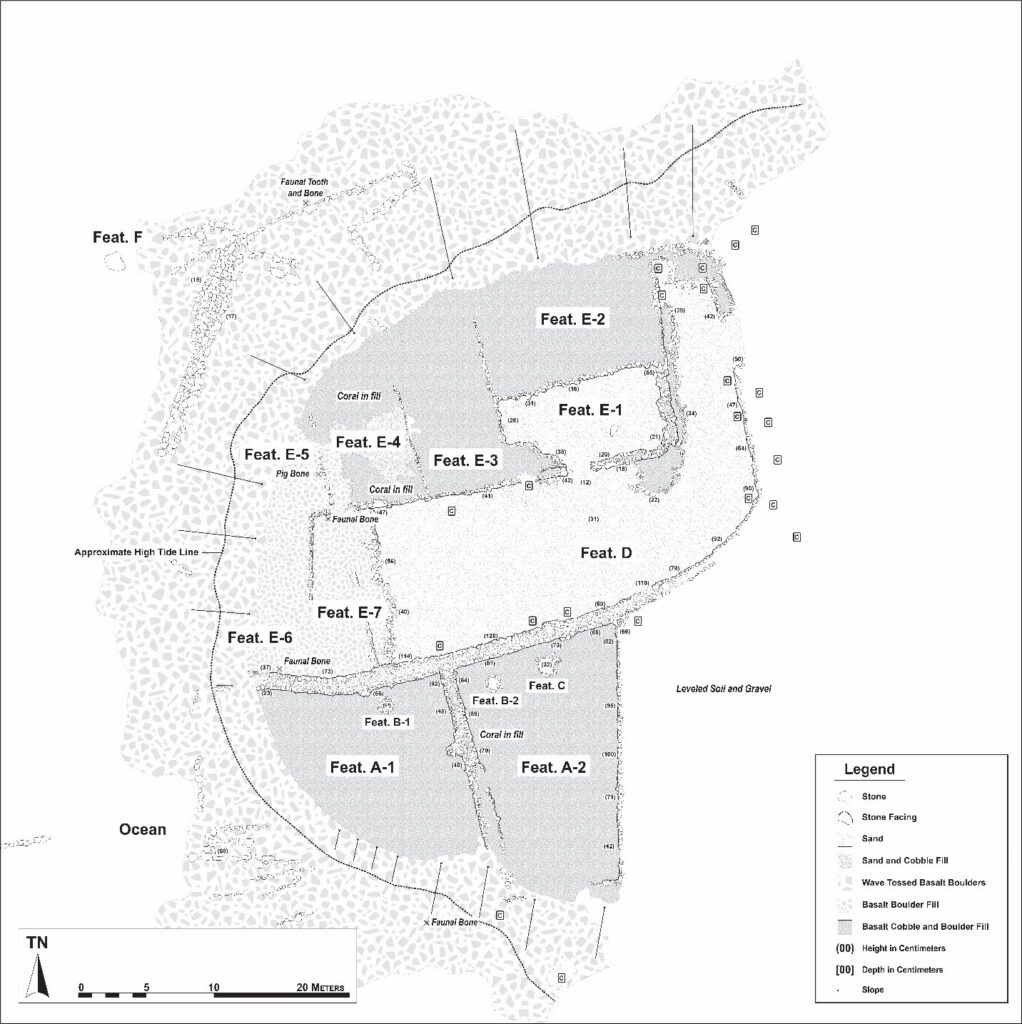“For a number of years prior to the beginning of [WWII], home building was curtailed, and such materials as might normally be needed to meet the housing requirements of a growing population were diverted to national defense … these materials were actually frozen.” (DOI Annual Report, 1946)
Then, in post-WWII, “During the past year [1946] the problem has become even more serious. The Governor’s housing committee and a committee of the chamber of commerce of Honolulu, after a careful study, reported that 11,000 additional houses were needed”.
“A number of factors have militated against an adequate home-building program. The most important of these are: (a) scarcity of land even at an extremely high price, (b) unavailability of building materials, and (c) shortage and high cost of labor.” (DOI Annual Report, 1946)
“Two enterprising Honolulu business men, with faith in the future of Kona … have licked the building material shortage by using their brains and brawn. The are Howard O Redfearn, the former Honolulu contractor, and Chester Horn …”
“About the first of the year they started to work to create the timber and other material necessary for the construction of their Ohia Lodge, on Redfearn’s 350-acre tract in South Kona …”
“They were unable to procure material at that time, so set about making their own. First Redfearn moved his sawmill to the site and set it up. Then the two men went to work with ax and saw cutting down ohia trees, which grow in abundance on the tract. They selected uniform size and then trimmed off the bark and sawed the log in half.”
“With these halves, placed upright, they began the construction of the first lodge, which is 24 by 50 feet. … The interior of the building, including the bar, the tables, doors, bar stools and kitchen are built of koa and ohia.”
“The koa was obtained from a nearby forest but the ohia wood all came from the Redfearn ranch. … The floor is cement but is waxed for dancing. The foundation and all the masonry has been constructed from rocks gathered up on the place, as well as a great circular water tank, cemented inside …”
“A large parking space has been levelled off in front of the building and this will be paved. Around it there will be special landscaping and flower gardens.”
“The lodge bar will be opened for business [on May 29, 1947]. A little later the dining room, which will specialize in charcoal cooked steaks and short orders, will be opened. And as soon as possible a general liquor dispensary will be opened.” (Hilo Tribune Herald May 10, 1947)
“Plans have been prepared for the construction of 40 cottages in the rear of the lodge similar to many types seen on the mainland. These cottages will be 12×16 feet, and each will contain two three-quarter size beds, adequately spaced for privacy.”
“After the cottages have been constructed a modern gas station will be built, carrying all kinds of motor supplies. The whole setup will stimulate a miniature California Palm Springs, with mild desert air included.”
“Horn will be general manager. Orchestra music will be supplied every Saturday night and on any other occasion required.”
“As a special added attraction for tourists there will be saddle trails all over the tract so that guests will be able to go horseback riding at all times and since the tract is but a short distance from the sea arrangements to conduct fishing parties will be an added feature in the line of sports.” (Hilo Tribune Herald May 10, 1947)
‘Ōhia Lodge, the half-way house on the main highway between Hilo and Kona was “a showplace. Howard Redfearn built it as a volcano country club resort and opened it in [1947]. The lodge, built of Ohia, a native hardwood similar to mahogany, had a dining room seating 200 people.” (Spokesman-Review, Jun 6, 1950)
“[P]eople came from far and near to see for themselves what two men, alone and unaided, had accomplished in such a short time. … [I]t is so located that it gives a clear view of both the mountains and the sea, and is on the main highway into the Kona district.” (Hnl Adv, Aug 3, 1947)
“Mr Redfearn also revealed that he has begun the construction of another dwelling, to be occupied by Mr and Mrs William [and Helene] Hale, teachers at Konawaena school, and four tourist cabins …”
“… the first units of several to eventually be built for the convenience of tourists and others. Two dwellings have already been completed and occupied and a third is now under construction.” (Hilo Tribune Herald, Feb 24, 1949)
“The first three units of the proposed auto court at Ohia Lodge Kona is partially completed by Howard O Redfearn, proprietor of the lodge.”
“Work, however, has been temporarily suspended while Redfearn is engaged in the construction of a new … residence for Richard Penhallow at Waimea … This will be the fourth residence of the completed by Mr Redfearn of this unique design.” (Hilo Tribune Herald, Oct 1, 1949)
Then, disaster struck; Mauna Loa erupted … “Howard Redfearn’s handsome Ohia Lodge in South Kona was engulfed by lava between 8 and 9 last night. A fiery finger, separating from the main channel, moved steadily toward the lodge during the afternoon and finally reached the building, wiping out the Ohia and field stone structures.”
“It was the plan to expand Ohia lodge facilities with a group of tourist cabins. It is reported that two such cabins had been constructed before the lodge was destroyed by the flowing lava.” (Star Bulletin, Jun 5, 1950)





















































